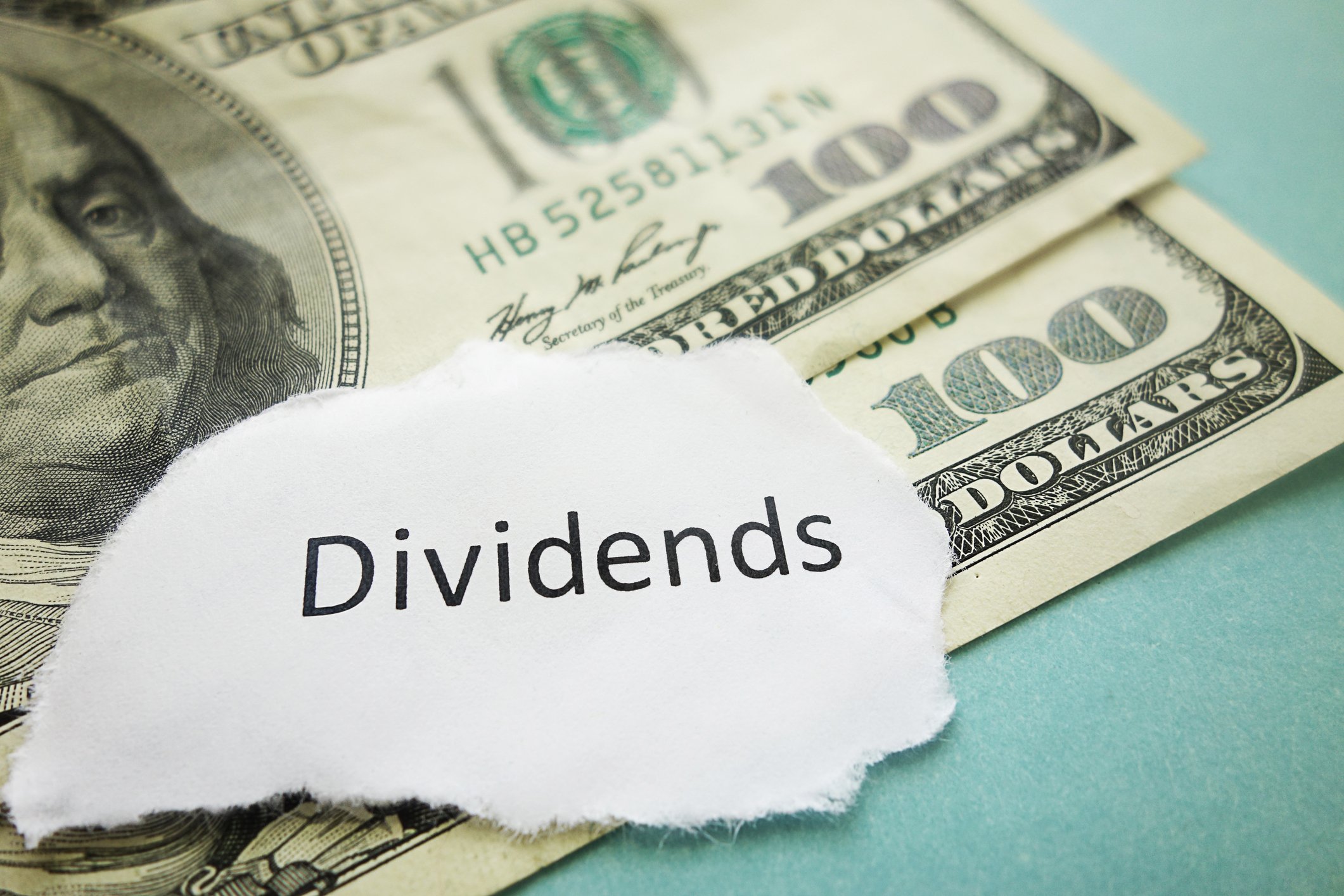A Roth IRA is a great place to hold high-yielding dividend stocks because that income stream is tax-free during an investor's working years and they don't have to pay any taxes on it in retirement. However, that doesn't mean all high-yield stocks should go into a Roth IRA. One I'd never put in mine is Seadrill Partners (SDLP +0.00%). While the company's 12.4%-yielding distribution might make a Roth seem like an ideal place, its corporate structure and risk profile suggest otherwise.
Structure matters in a Roth IRA
Seadrill Partners is a publicly traded partnership, which is like a master limited partnership (MLP). That structure has several benefits, including special tax advantages. One of them is that the distributions paid can be considered a return of capital instead of dividend income, which was the case for 100% of the cash Seadrill Partners distributed last year. That makes it subject to capital gains taxes, which an investor can defer until they sell. Since this income stream is already tax-deferred, it offsets the benefit of holding Seadrill Partners in an IRA.

Image source: Getty Images.
Meanwhile, if an MLP or publicly traded partnership like Seadrill Partners did generate taxable income, investors still would have had to pay taxes on that money even if they held the investment in a Roth IRA. That's why investors should hold Seadrill Partners in a taxable account and not a Roth IRA.
Losses happen, but they hurt more in a Roth IRA
The other reason I'd never put Seadrill Partners in my Roth IRA is that the company is too risky for a retirement account. Driving that view is that the offshore drilling company took on a mountain of debt to build its offshore drilling fleet. Because of that, it currently has $2.5 billion of net debt, which gives it a leverage ratio of 4.4 times debt-to-EBITDA and a debt-to-capital ratio of 72%. Those are elevated levels for a company operating in a volatile industry like offshore drilling and much higher than its peers. Fellow offshore driller Ensco, for example, as a net debt-to-capital ratio of just 32%.
Adding to Seadrill Partners' risk profile is that it has limited revenue visibility since the bulk of its current contracts run off by 2020. That could prove problematic if industry conditions worsen since it could impact that company's ability to repay or refinance its large debt load. That was the case for its parent company, which went bankrupt due to its elevated debt levels.
A deeply indebted company that operates in a volatile industry like offshore drilling increases the potential for an investor to suffer a permanent loss. I know this firsthand since I invested in Seadrill Partners' parent before it went bankrupt. Worse yet, I held that investment in my Roth IRA. Because of that, I wasn't able to write off the tax loss when that investment went under.
That experience taught me a valuable lesson, which was that high-risk stocks don't belong in a Roth IRA. Instead, I hold them in my taxable account so that I can at least write off any losses on my taxes. Meanwhile, I keep lower-risk investments, such as companies with strong balance sheets and more stable earnings streams, in my Roth IRA since they're less likely to suffer a permanent loss.
Why own it at all?
While Seadrill Partners isn't an ideal investment to hold in a Roth IRA, some investors might still be tempted to buy it due to its high-yield and turnaround potential. As long as they're aware of the risk, that bold bet could pay off. However, I still don't think I'd even buy Seadrill Partners in my taxable account since there are so many other top-tier energy stocks that I like better these days.






